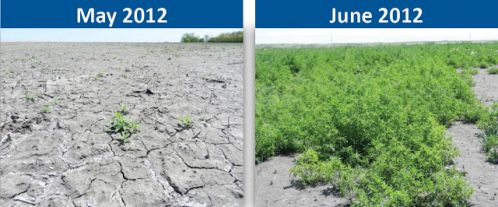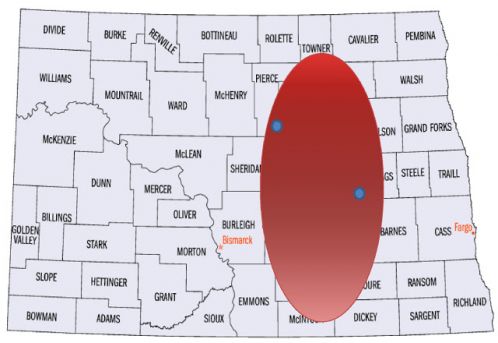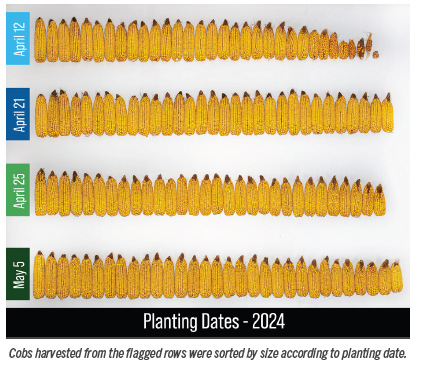Kochia Resistance Will Be Ugly

Last week I attended a meeting on the growing threat of Roundup Ready Kochia in central North Dakota. Sponsored jointly by the Carrington Research Extension Center and ND Soybean Council, Dr. Phil Stahlman from Kansas State was the featured speaker. He spoke of the glyphosate resistance problems western Kansas farmers have endured since 2007.
Mike Ostlie, Carrington Research Agronomist then followed with a presentation called The Kochia Konundrum. The name suggests that resistant kochia is truly a conundrum – a massive challenge to try to contain.
Kochia grows rapidly to take advantage of all available resources.
Mike’s information was eye-opening. It focused on identifying kochia resistance, the likelihood of its spread and subsequent impact on ND agriculture, and preventative measures that can be used to control it. Here are my take-aways.
- Rotation is important with kochia. Most seeds germinate in the first year so herbicide can be effective along with tillage.
- Rotating chemical modes of action is important to prolong the use of our current effective herbicides.
- LibertyLink crops are an excellent tool to help manage resistance.
- However, farmers should not rely on only one method of prevention. A multi-step strategy needs to be utilized. I strongly suggest using PRE emerge herbicides in your system as well as adding a companion herbicide in POST chemical applications.
- Increasing the number of modes of action within a field will minimize the chance of resistance starting.
ND Kochia Spread: the blue dots are confirmed Kochia sites in 2011.
Kochia can still be present on your fields even with the best management strategy. These weeds can blow 10 miles or more, spreading seed all along the way. Keep an eye out this summer and manage any and all weed escapes – from 1 weed to 1,000. A zero tolerance approach will need to be embraced if we’re going to be successful in preventing weed resistance.












